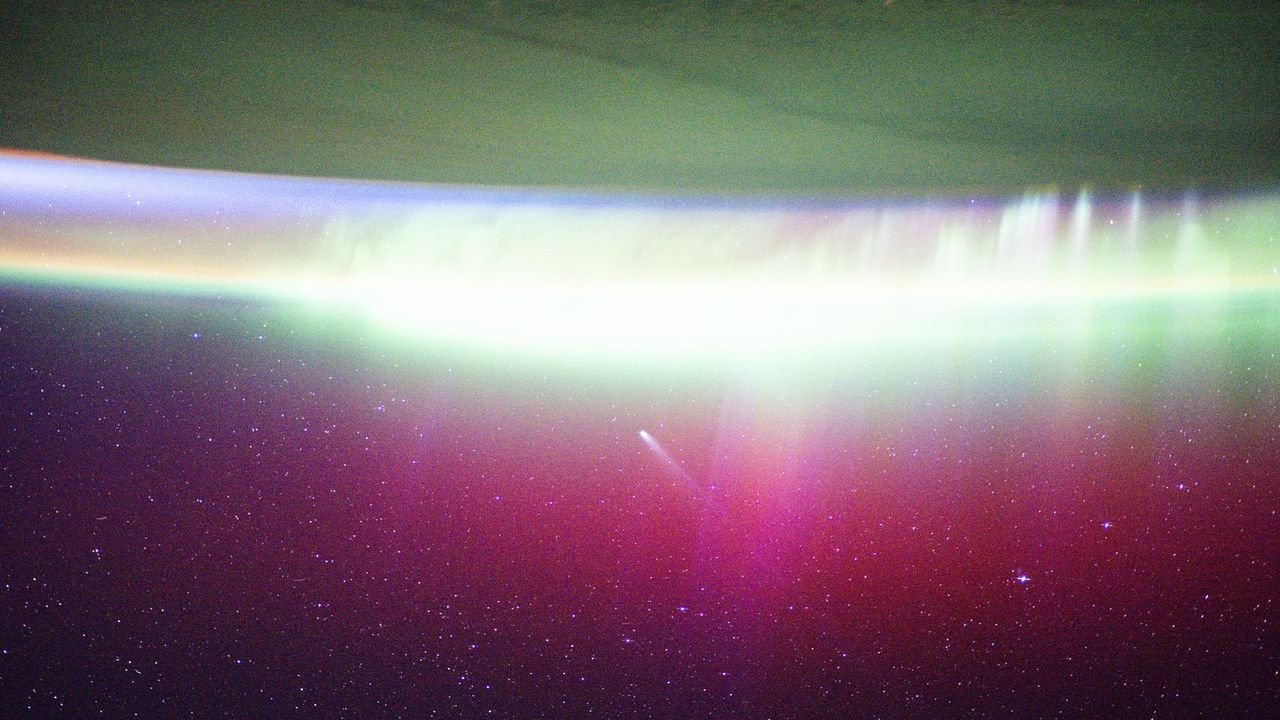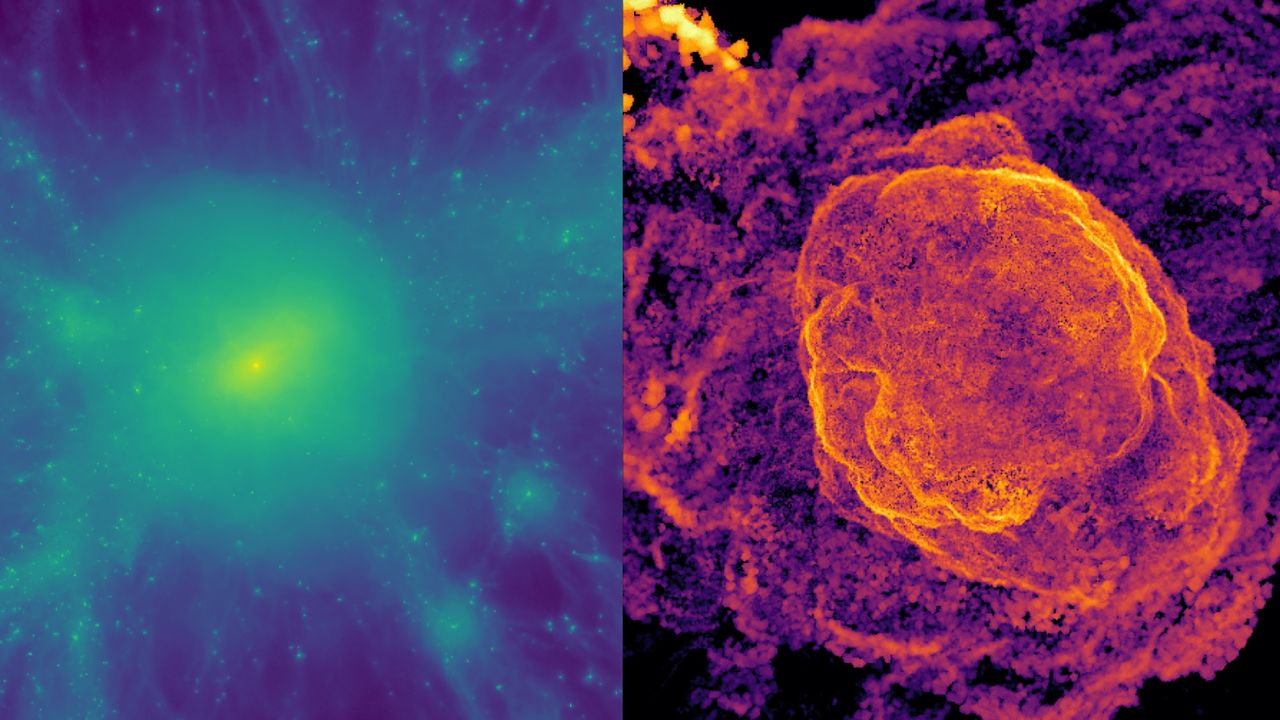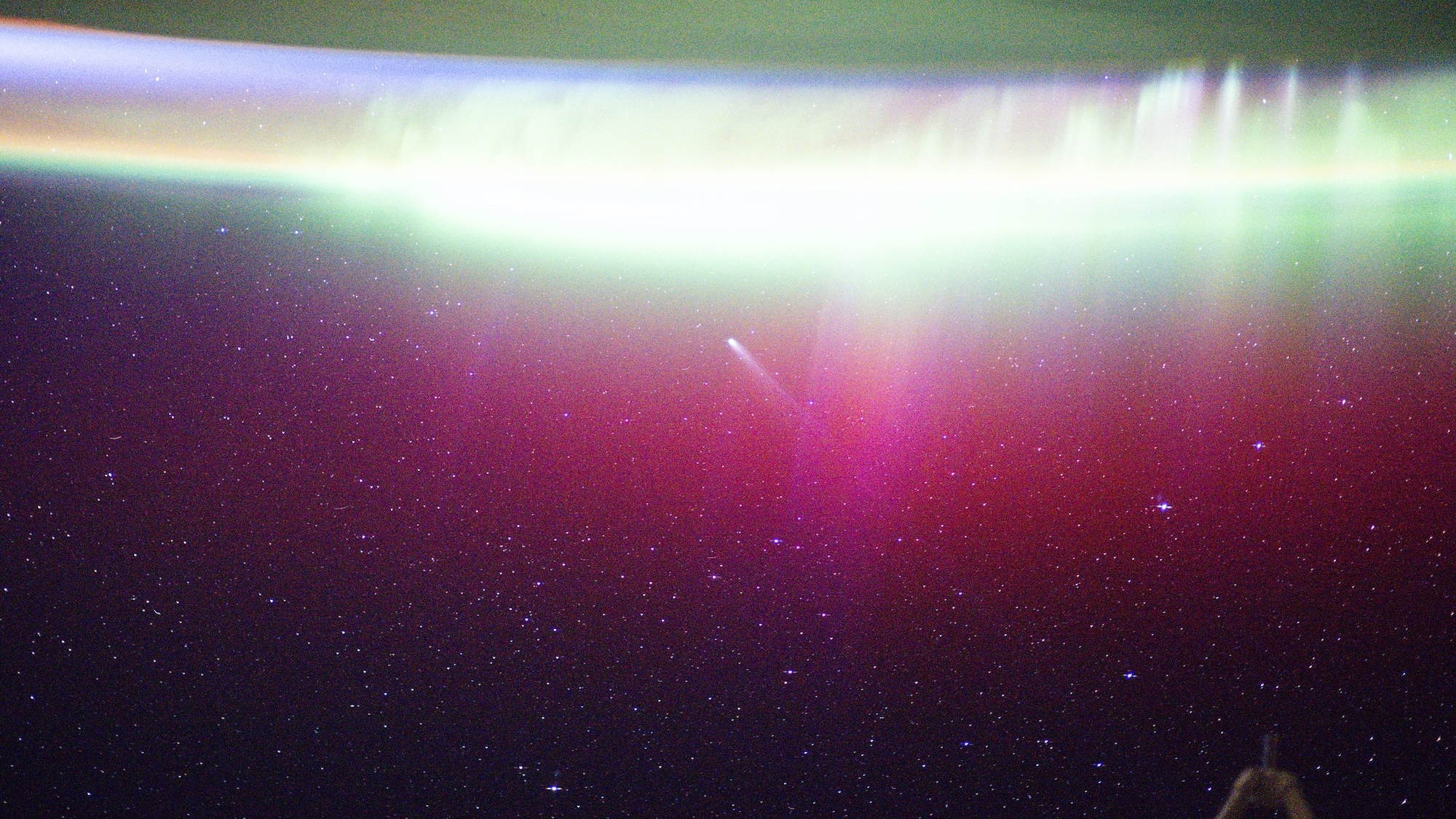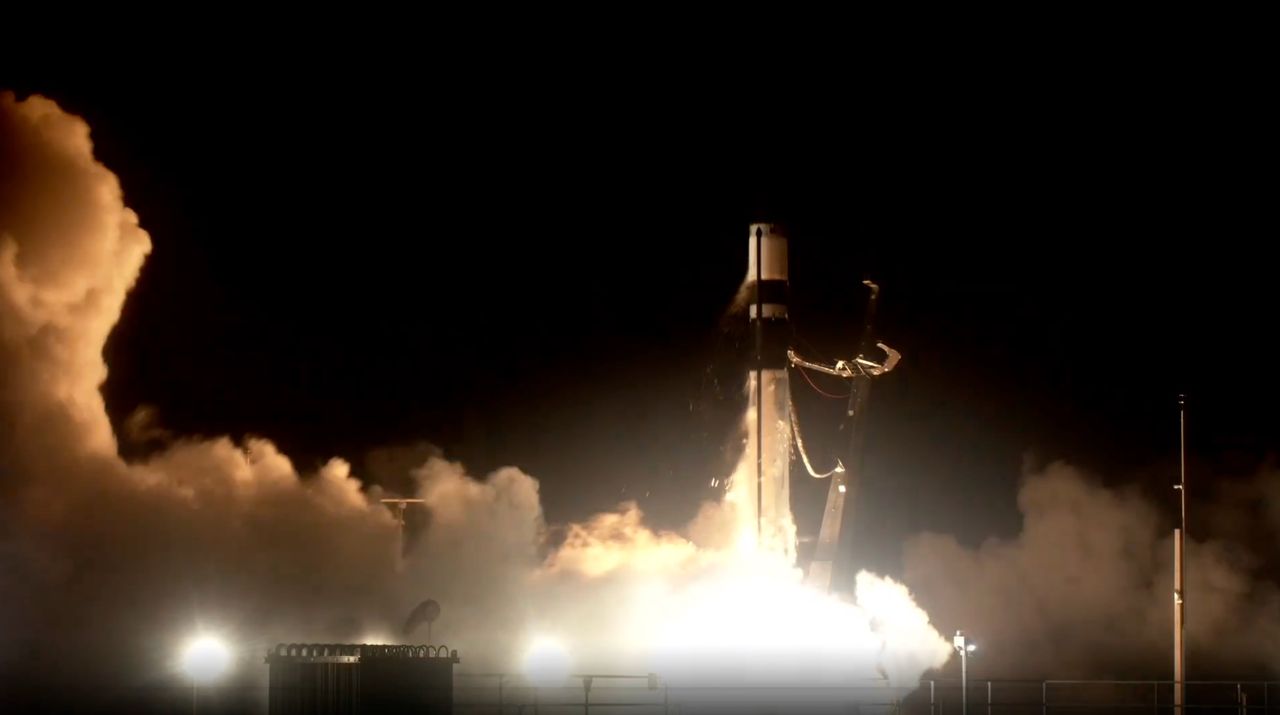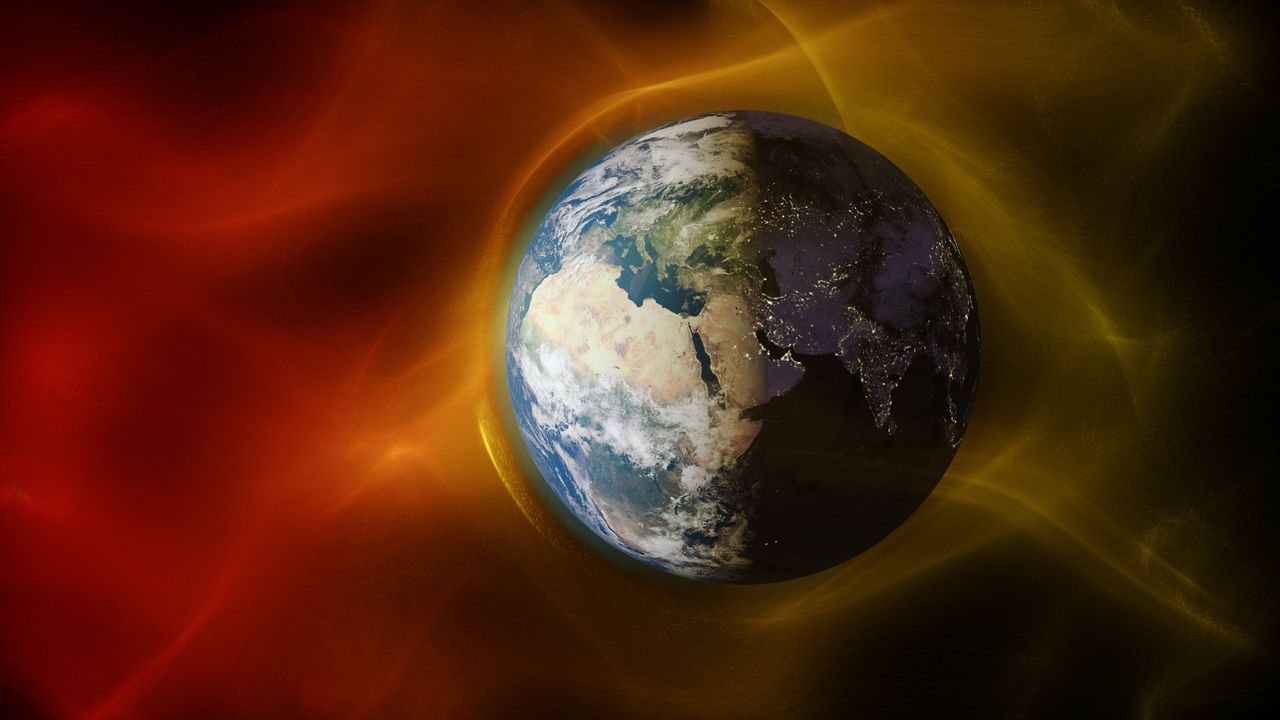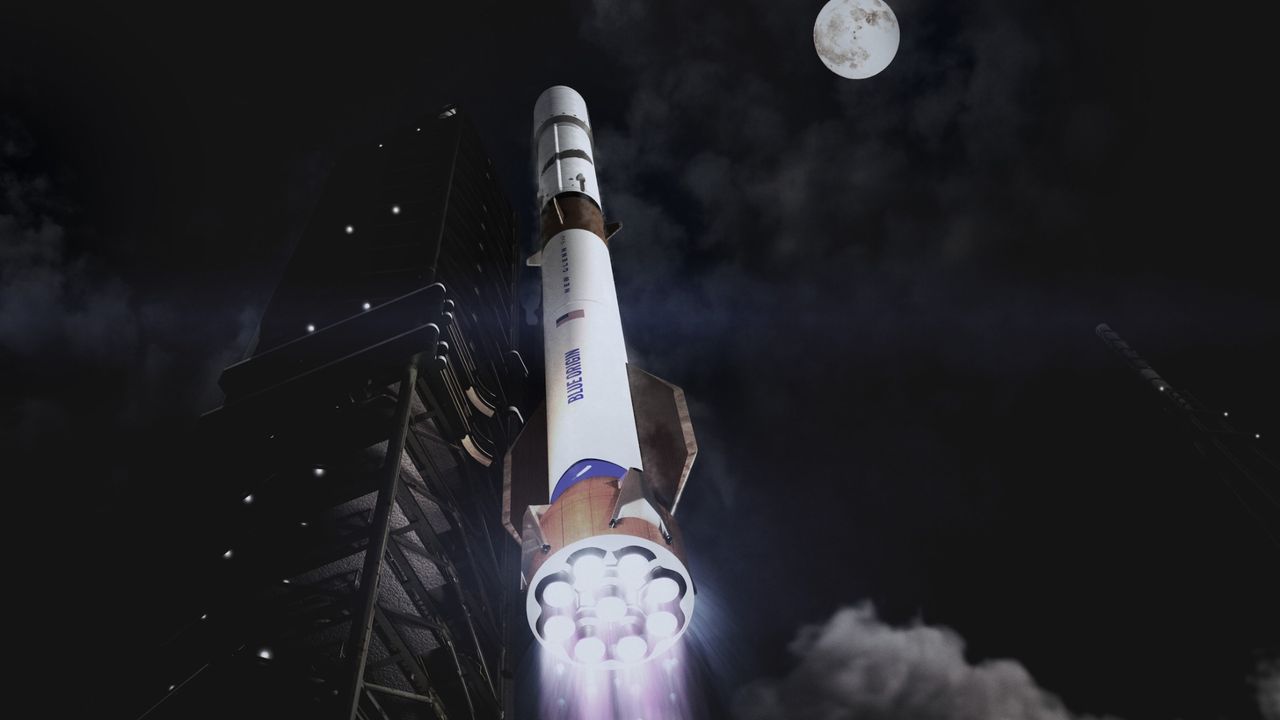Spot Uranus shining at its brightest this year — here's what to expect on Nov. 21
NeutralScience
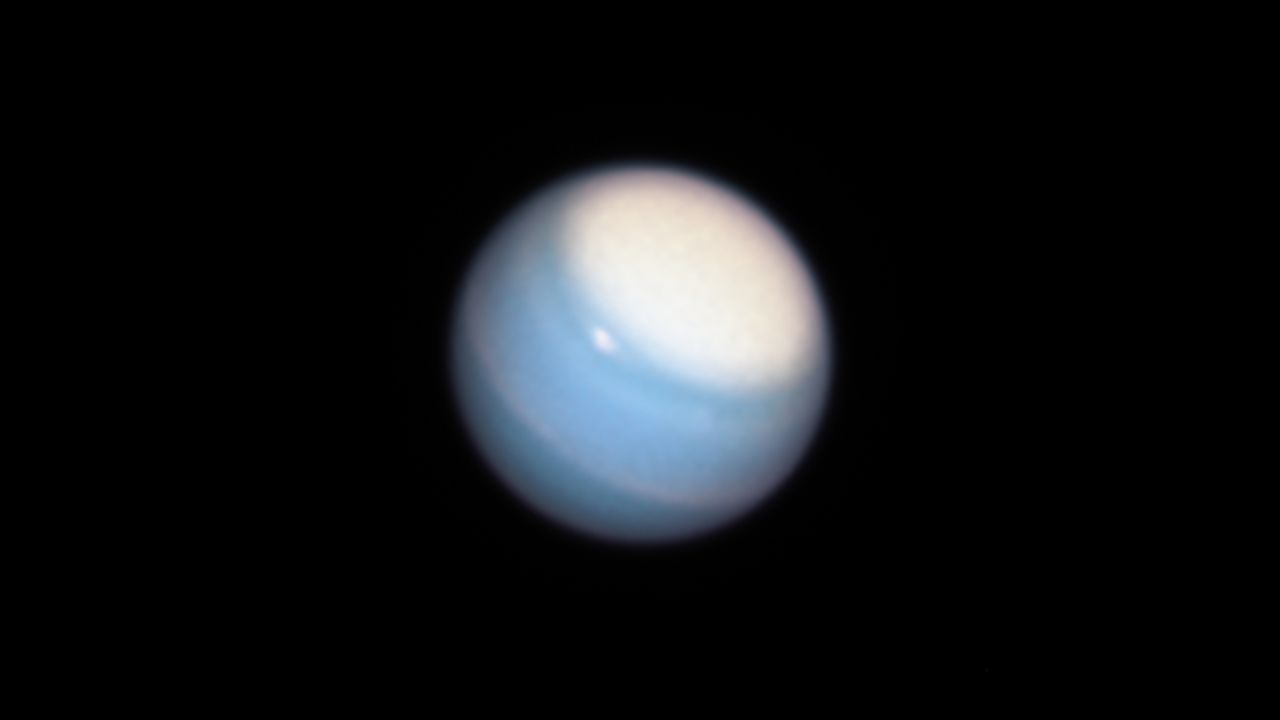
- On November 21, Uranus will be positioned opposite the sun in Earth's sky, making it shine at its brightest for the year. This positioning enhances visibility for stargazers and astronomy enthusiasts.
- This event is significant as it provides a unique opportunity for observation and study of Uranus, contributing to public interest in astronomy and enhancing understanding of planetary movements.
— via World Pulse Now AI Editorial System
